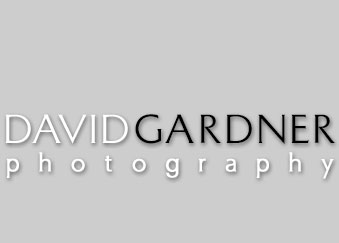End of the Road
This collection of images documents the Embarcadero Freeway in San Francisco as it existed just before it's demolition in 1991.
One area of San Francisco that often attracted me was the Embarcadero Freeway. To me, it was at once a roller coaster ride, a scenic drive, and an architectural wonderland teeming with photographic possibilities. Its strong lines and bold geometrics appealed to my formal style of photography. I would marvel at its proximity to office buildings and how it worked its way through the city. Until the October 17, 1989 earthquake, photographing it never seemed feasible. Even after the earthquake, I never really considered it a possibility until the full extent of the damage became clear and the repair cost began rising. I felt strongly, given the shaky public support the freeway enjoyed before the earthquake, the Embarcadero Freeway would ultimately come down. This was the opportunity I was looking for.
Other than the occasional newspaper photo, it appeared only a limited record of the freeway existed, especially in its present condition. The important political, economic and visual implications associated with the demise of the freeway and general surroundings needed to be addressed. My hope was to express these aspects in a way that was entertaining, informative and visually pleasing. By August 1990, my mind was clear on how I wanted to proceed. The emergency measures taken by the state to support and reinforce the structure were in place and much of the public novelty of walking on the elevated portions had worn off.
Security had become lax enough for me to begin photographing. My general plan for photographing was to begin at dawn on Saturday and Sunday mornings. The area was very quiet and generally deserted at that time of day and provided a better opportunity to work undisturbed. I would shoot until no later than 11 a.m. or until the light became undesirable. In this way I was usually able to avoid the private security guards patrolling the upper and middle decks in the area of the Golden Gateway, as well as avoid being seen by office workers, Caltrans or other officials not wanting me there.
On several occasions, the angle for an image I had in mind could not be attained from either the ground or the structure. Using the guise of my regular job as an insulation mechanic, (work which often puts me in highrise locations) I was able to gain access to several buildings undergoing remodeling, which would normally not allow me in. I found that by simply walking in wearing my usual work clothes at or near quitting time, I was virtually ignored and could get my photograph and leave without harassment.
While walking on the roadway, I was often struck by the emptiness of the area. I realized I had rarely seen a freeway completely devoid of traffic. Gone were the familiar sounds of tires screeching, horns blasting and tempers flaring. In it's place was only an eerie quiet that gave the entire city a feeling of complete desertion. It seemed the very definition of a modern city now required these arteries of steel and concrete to pump humanity into its core. Thoughts of decaying infrastructure came to mind; How it seemed so much easier to finance a war machine, than to repair or replace a broken set of freeways.
These feelings were reinforced on occasion, when meeting and seeing the people who had made the abandoned roadways their temporary homes. It seemed appropriate for the unwanted people of San Francisco to find shelter in and around the doomed freeway. Sometimes, while viewing an image on the ground glass of my camera, a pile of rags or blankets against a freeway support would begin to move and I would realize a human being was underneath. Other times I wouldn't notice someone there until I was looking at a new print in the darkroom. These people will once again be displaced when the freeway is removed.
One morning, I encountered two self-professed "bums". Norm and Sully had taken to living on the middle section of the freeway in the area of the Ferry Building. It provided them with shelter and a certain amount of privacy which I did not wish to infringe upon. As I walked by, they followed until I stopped to photograph some supports. They began asking questions about the camera, what I was doing, when the freeway was coming down, could I spare some change. I asked about them and discovered they were Viet Nam vets stationed near each other during the war. They met later on the streets of the city and became best friends. They were friendly and outgoing characters, and we talked for some time. I asked to photograph them and, for a few bucks, they agreed. In return, Sully insisted I take an orange they had acquired. Not wanting to take what little food they had, I respectfully declined but Sully went after it anyway. While he was gone, Norm told me I should take it or I would hurt Sully's feelings.
On saying our goodby's, Norm produced a two foot long piece of iron rebar he had hidden under his coat and mentioned that since we were now friends, they would protect me while I was around the area. "If anyone bothers you, just let us know." He added with a look, "We know how to take care of business." As they walked away down the freeway, imitating machine gun fire and locked in mock karate battles with each other, I stood there amazed at their resiliency. Because although their manner was easy, their implied violence revealed a harsher reality.





